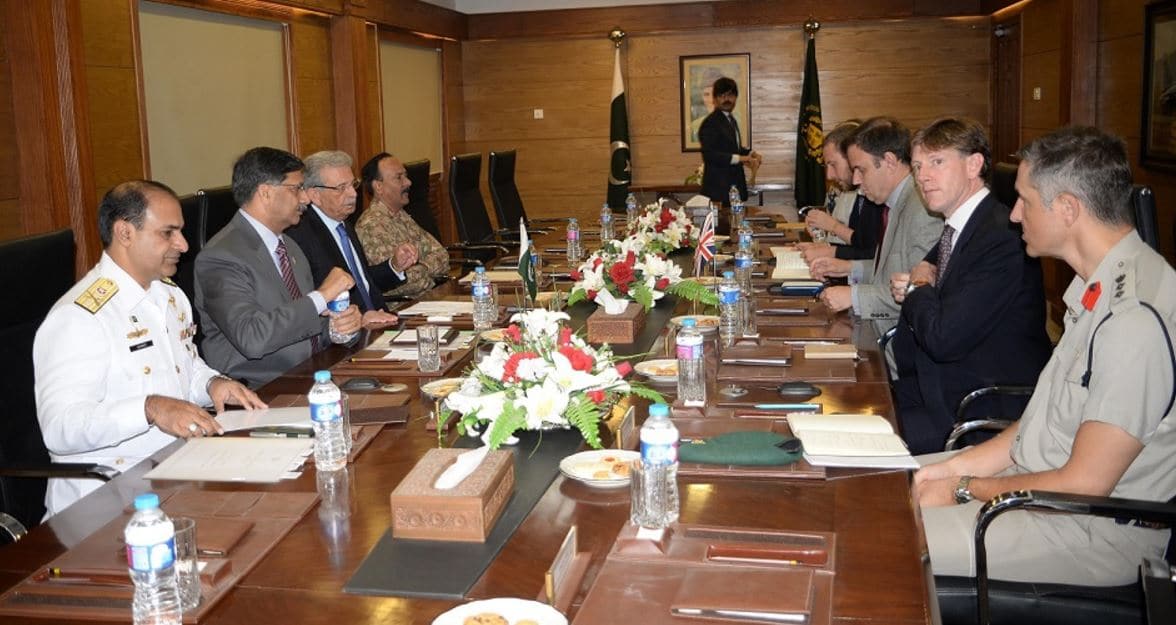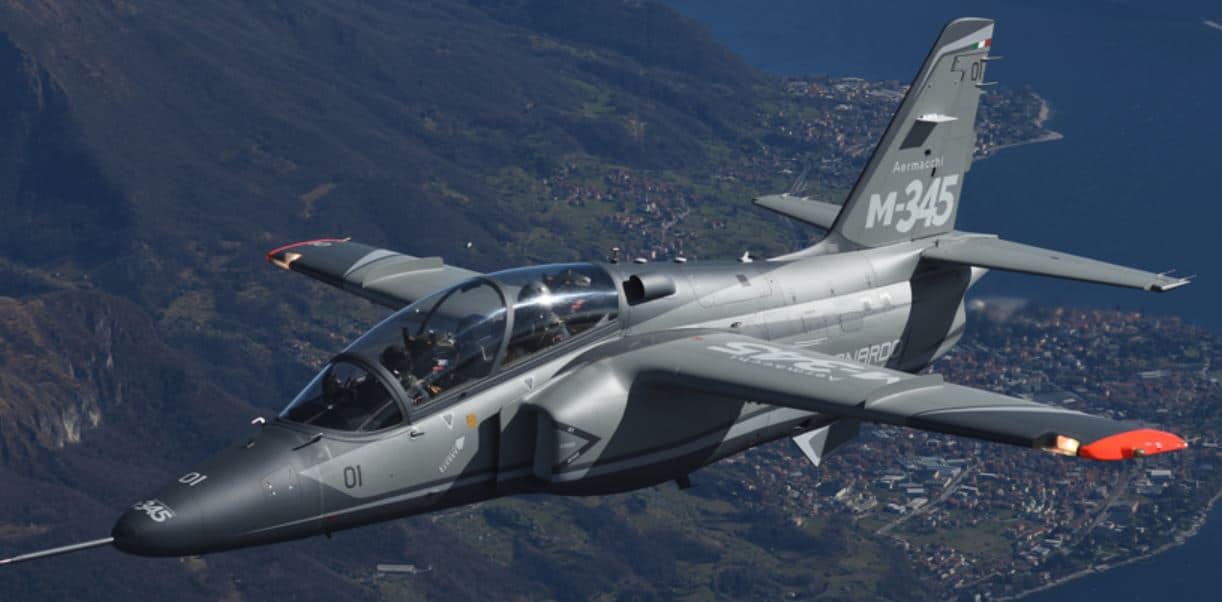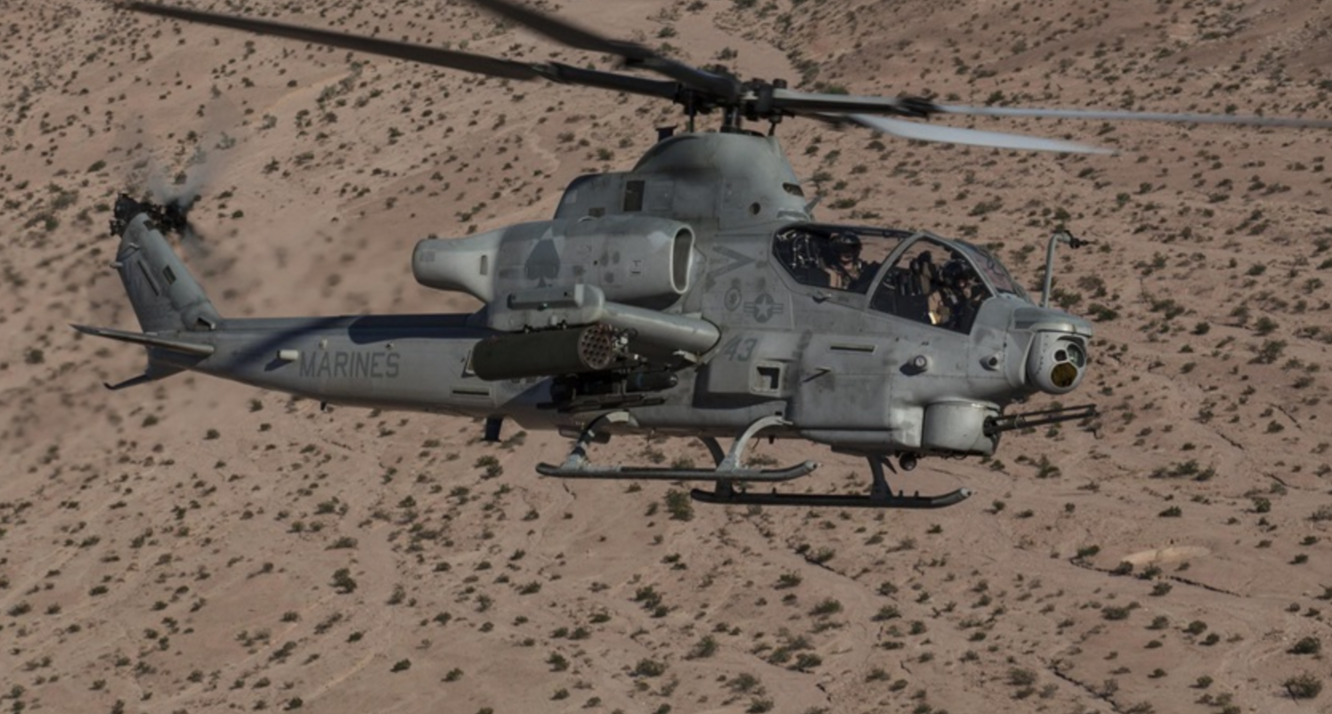30Views 9Comments

Pakistan and UK relaunch Defence Technical Cooperation agreement
In his official visit to the U.K. to attend the 2017 Defence and Security Equipment International (DSEI) in mid-September, the Pakistani Minister of Defence Production (MoDP) Rana Tanveer Hussain called for growth in defence ties between Pakistan and the U.K.
On September 19, the ministry announced that the MoDP met a British delegation led by the State Minister for Trade Policy Greg Hands in Rawalpindi. According to the statement, the two sides relaunched an earlier memorandum-of-understanding (MoU) on Defence Technical Cooperation. It added, “the two sides agreed to enhance cooperation in all fields including defence production.”
At DSEI 2017, the MoDP had visited several British exhibitors, among them Vector Aerospace (which is in the process of refurbishing Sea King helicopters for the Pakistan Navy), Blighter Surveillance Systems, Ultra Electronics and JANKEL. The MoDP also engaged with the CEO of Marshall Aerospace and Defence Group.
The Defence Technical Cooperation MoU was originally signed in 2005 and had reportedly (via Dawn News) called for “new avenues in the area of defence cooperation between Pakistan and the UK and facilitate procurement of defence equipment and transfer-of-technology.”
There have been no big-ticket sales to Pakistan since the transfer of Type 21 frigates in 1993-1994. Today, the U.K. industry’s involvement in Pakistan is primarily driven by commercial activities done by third-party entities in Italy and Turkey. For example, the Turkish firm STM – which is responsible for managing the upgrade of the Pakistan Navy’s Agosta 90B submarines – selected the Kelvin Hughes SharpEye radar.
Notes & Comments:
Even under the ambit of the relaunched MoU, it is not known if Pakistan will push for big-ticket items from the British defence industry. However, based on the companies the MoDP had engaged at DSEI, Pakistan may be interested in electronics, refurbishment and upgrade services, consultancy and vehicles.
Programs such as the Light Armed Vehicle Assault (LAVA) or Medical Recovery Vehicle could see Pakistani entities draw on British industry support in design and complex systems (e.g. engines). For an analogous example, consider the Emirates’ NIMR Automotive, which had contracted the U.K.-based HORIBA MIRA to design and develop the NIMR Rapid Intervention Vehicle (RIV).
Pakistan’s efforts to upgrade Ordnance Factories, Heavy Industries Taxila, Pakistan Aeronautical Complex, Karachi Shipbuilding & Engineering Works and other entities could spur commercial opportunities for British engineering firms, manufacturing and industrial suppliers and defence consultants.
In terms of the viability of marketing big-ticket items to Pakistan, this will have to overcome two critical challenges. First, Pakistan’s relatively limited fiscal means, which will necessitate export credit to back big-ticket hardware sales. Second, managing the concerns of regional imbalances resulting from arms sales. These factors will likely limit any growth in U.K.-Pakistani commercial defence ties to essentially expansion in current initiatives, such the sale of specific subsystems (e.g. radars) and services (e.g. refurbishment).
The Pakistan Navy might have been a reasonable avenue for engagement, especially with regards to the Type 31e frigate, which the British government is openly positioning as an affordable option to overseas cost-sensitive markets. However, the Pakistan Navy proceeded with China and Turkey for its future needs.


